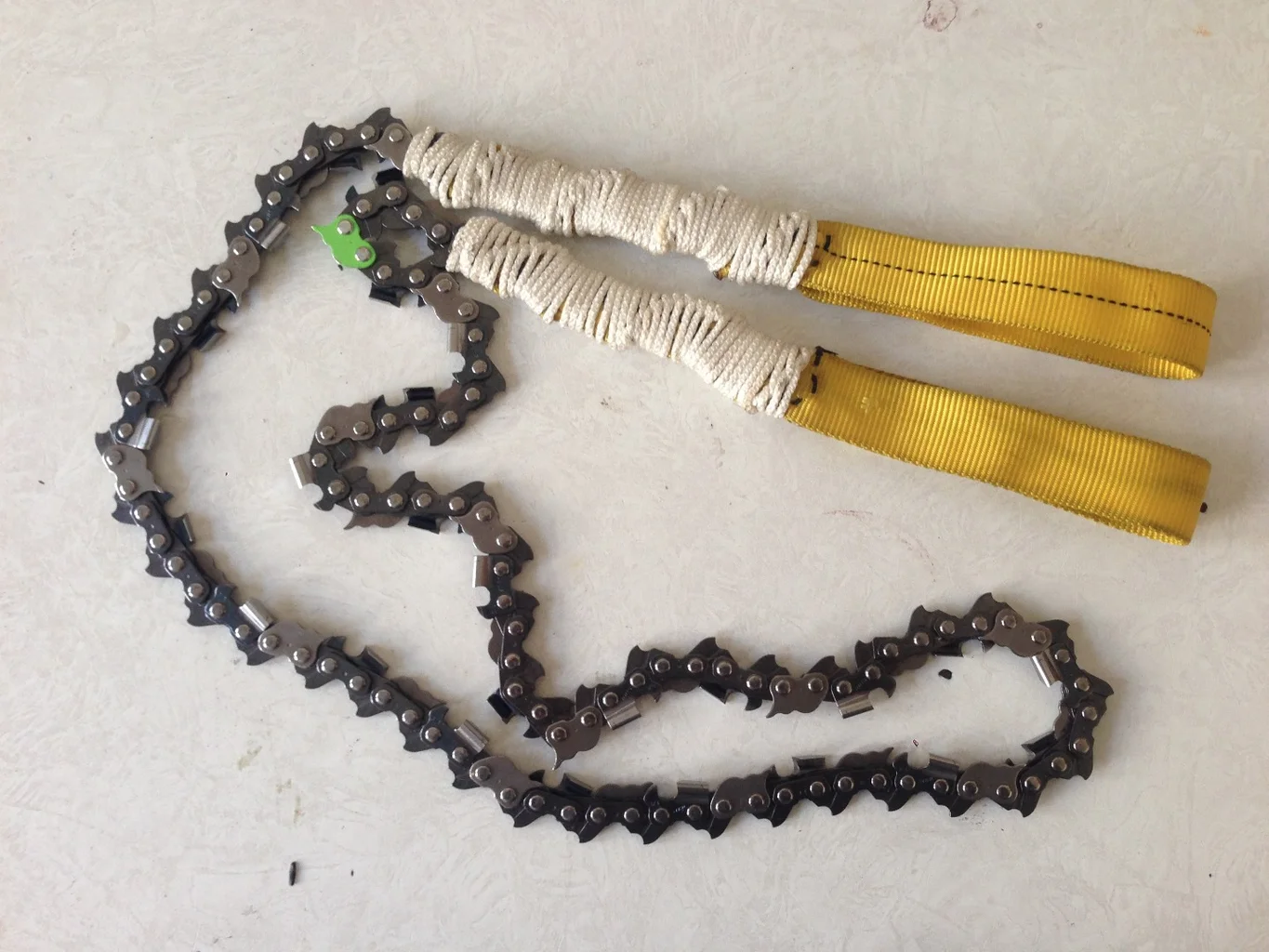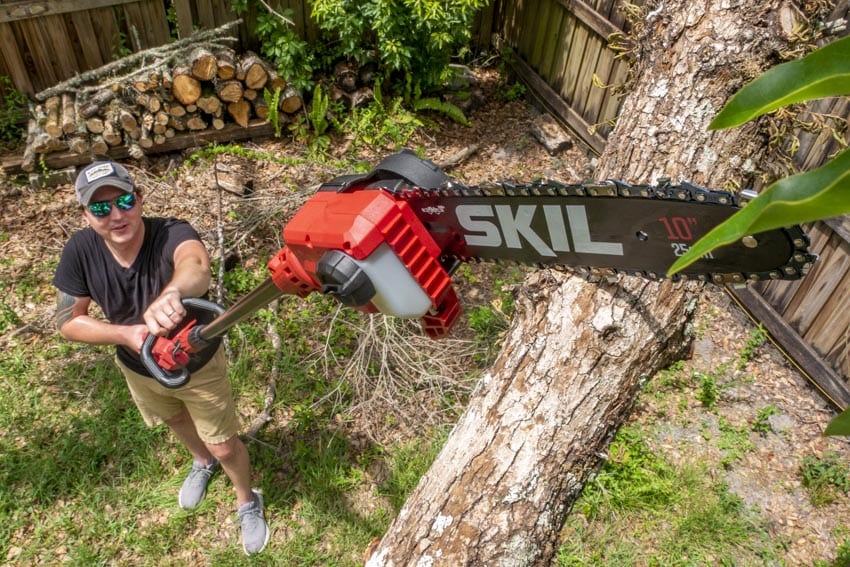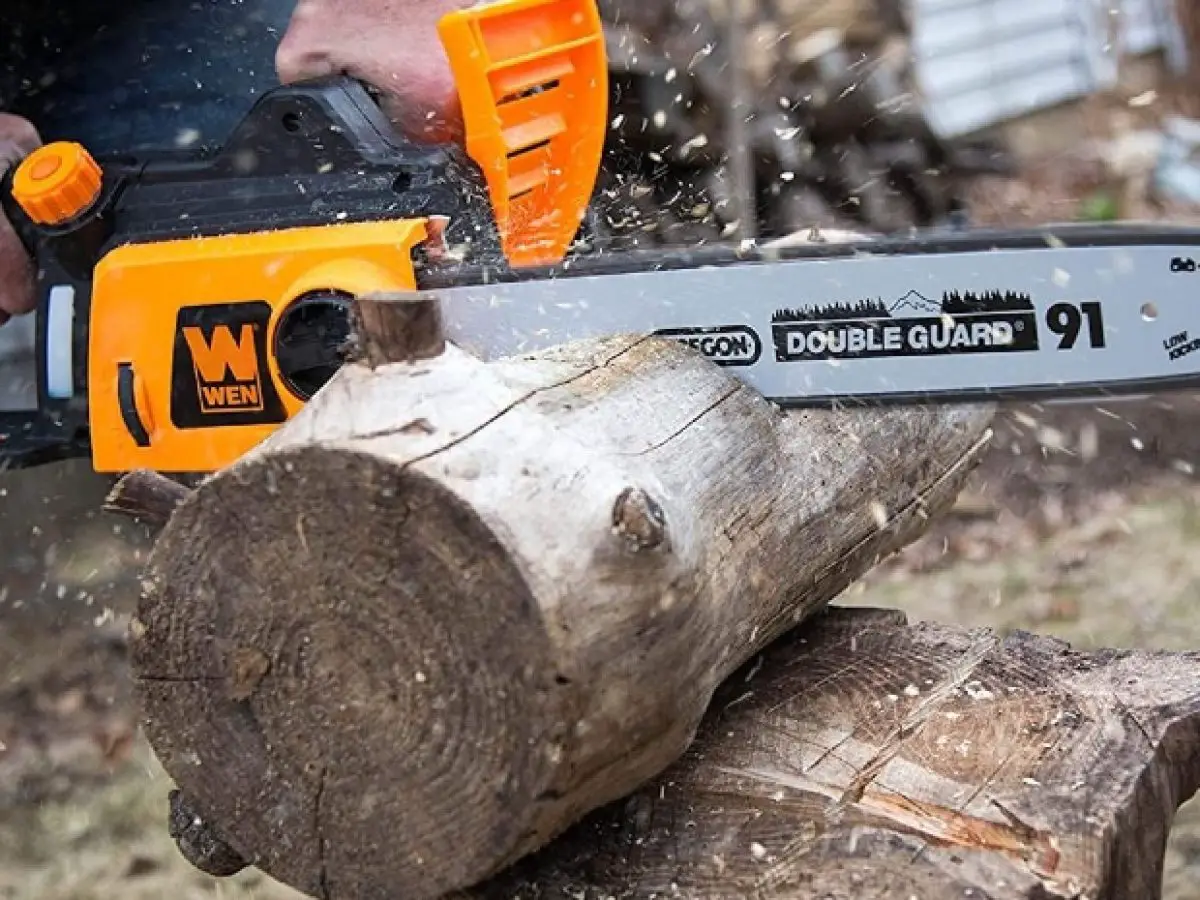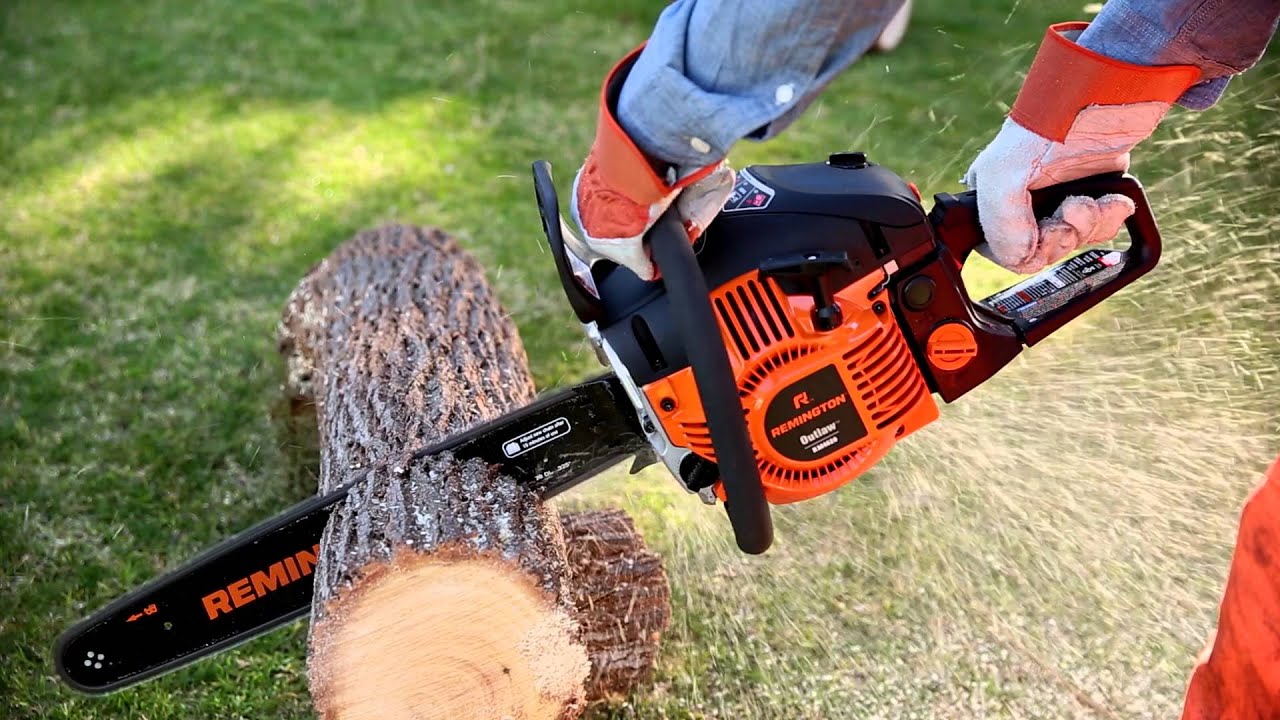While chainsaws used to be quite simple as a combination of a chain, a blade, and a gas engine, they have developed since then. In short, there are five different types of chainsaws to choose from. These include those chainsaws that are gas-powered, electric and corded, battery-operated, pole saws, and manual ones. If you need any further help with finding the right chainsaw or operating one, consider Dave Cross the Chainsaw guy.
Manual Chainsaws
Before chainsaws were powered, you basically had a chainsaw chain which had two handles. A short manual chainsaw can be used by a single person yet the longer ones will need two people to be operated, one holding a handle each. Your arms and hands will be doing all the work as they move the chain forward and back to cut firewood or trim a tree.
This type of chainsaw is typically used by a survivalist as you do not need any gas or electric power to operate it. A manual chainsaw is portable, cheap, and lightweight. It can be slow to operate and is ideal for light-duty tasks.

Pole Saws
A pole saw can be one of the rarest ones to find but a really useful chainsaw. This is essentially a chainsaw on a stick so you can chop down limbs and branches. Be careful though as the ones that fall could come down directly on your head. The pole saw is ideal to have as a secondary chainsaw just for those hard-to-reach places and it should still be relatively inexpensive.

Battery-Operated Chainsaws
A battery-operated chainsaw has risen in popularity due to how they have improved in recent years. They can now compete with the power of a gas chainsaw which is impressive enough as they prove so convenient. Not only can they be charged up to operate for between half an hour and an hour, you do not need to use any fuel.
The main issue with battery-operated chainsaws is how expensive they are. They use lithium-ion batteries which are not exactly cheap. However, they act as an investment due to how cheap they are to charge and how you do not need to buy any gas for them. Their portability is an obvious advantage as is their low maintenance, easy push-button start, and how quiet they are while operating with a range of chain lengths.
Electric (Corded Chainsaw)
If you do not want to burn up some fuel when you are using a chainsaw, there is still an alternative to a gas-powered one. An electric or corded chainsaw still has an engine but it works with electrical motors. Instead of charging it up like a battery-operated chainsaw, you have to plug it into a power outlet so it can only be operated at the length of the cord. That does also mean that the chainsaw only has so much portability and can only be used when the power is running.
Thankfully, electric corded chainsaws are exceedingly light and still offer several bar lengths. They remain cheaper than gas-powered chainsaws, have an unlimited cutting time, and are relatively easy to operate once you press the push-button start. These chainsaws are known to be the lightest on the market and the quietest though their repairs can be expensive.

Gas-Powered Chainsaws
Finally, there are gas-powered chainsaws which have been around the longest. If you want a chainsaw to be powerful, loud, durable, and portable then you should choose one that comes with a gas tank. They remain popular due to their cutting performance and their speed which is far superior to that of a battery-powered or electric chainsaw. While that sheer power remains its biggest asset, gas-powered chainsaws are heavier and do require more maintenance.

Summary
Despite the five different primary types of chainsaws, there are still two designs to look out for. Whether it is powered by gas, electricity, a battery or manually operated, it can have a top handle or a rear one. The top-handle chainsaws are ideal for arborists and those who professionally cut and prune trees while being supported by a harness. At extreme heights, the chainsaws with a top handle can allow for easy maneuvering though they can be smaller and be used on the ground too.
Rear-handle chainsaws can still be used to chop trees, cut up logs, and trim the branches. They are used by professionals and those non-professionals who want a chainsaw for jobs on their property. Plus, the rear handle chainsaws do offer more control when the operator is standing on hard ground.